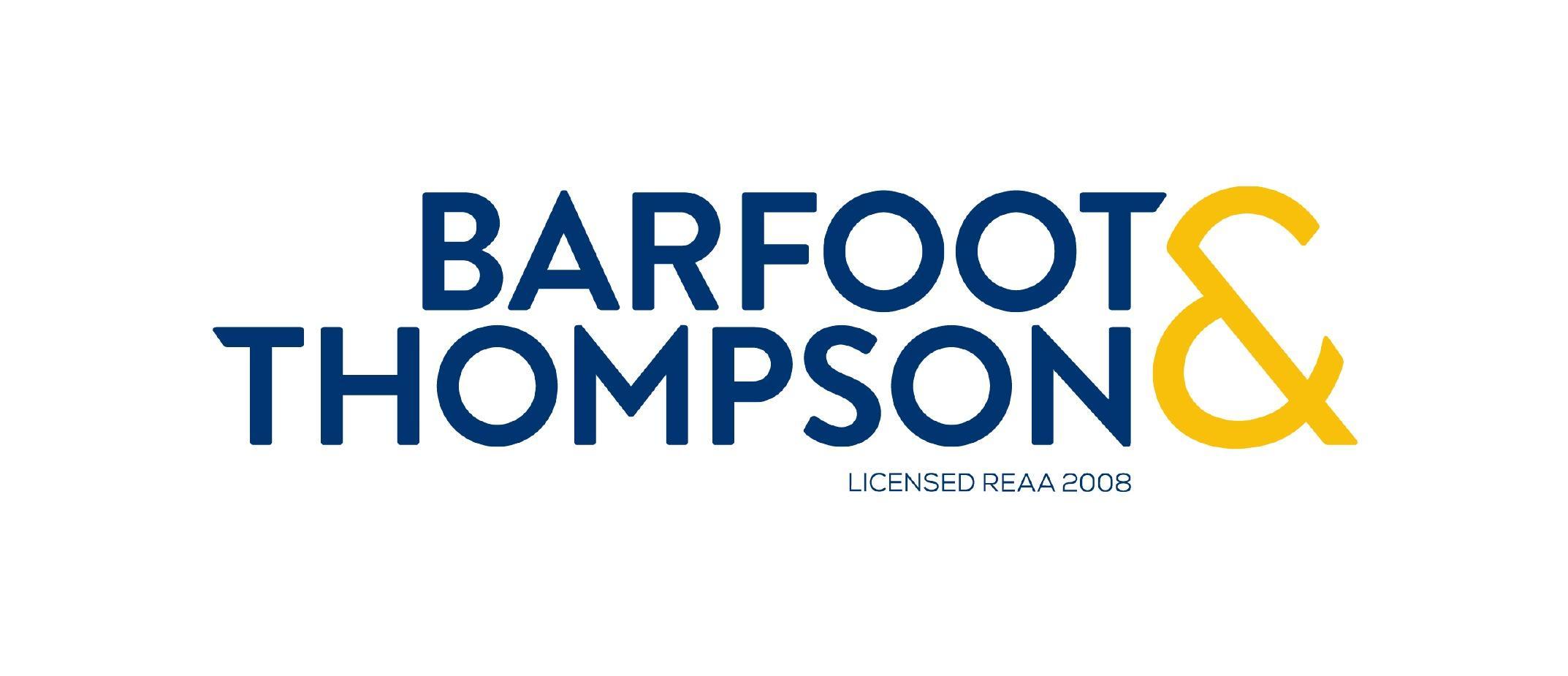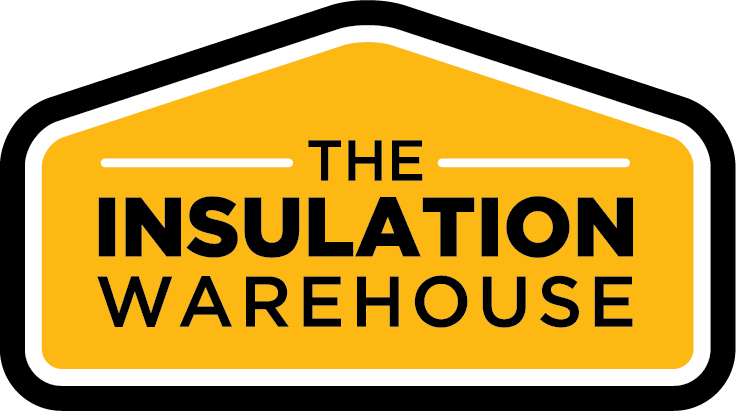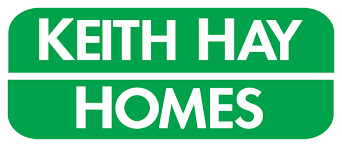The CoreLogic Buyer Classification data shows that mortgaged multiple property owners (MPO), including investors, have been relatively quiet lately, accounting for just 21% of property purchases in the third quarter of 2023 – versus a long-term average of 25%. In Auckland, the Q3 figure was 24%, versus its average of 27%.
As it turns out, it’s MPO-2’s (someone who now owns two properties after their latest purchase, e.g. the house they live in and their first investment) and MPO 3-4’s that have seen their share of activity drop the most. From a peak share of 9% in early 2021, mortgaged MPO-2s now account for about 6% of purchases, while MPO 3-4’s are down from 7% to less than 5%. By contrast, the share for MPO-10+ has been fairly steady at 3-4%. The same broad pattern applies in Auckland, too.
In other words, it’s the cliched ‘Mum and Dad’ investors, perhaps those buying their first or second rental property, who have pulled back the most – either by choice (perhaps becoming more nervous or opting for, say, a term deposit instead) or having it forced upon them by changed lending criteria around deposit or serviceability requirements.
Certainly, it’s quite difficult to get the sums to stack up on a ‘standard’ existing rental property purchase at present, with gross yields low and mortgage rates high, deposit requirements sitting at 35%, and no deductibility of mortgage interest. Indeed, the negative gap between yields and mortgage rates currently sits at its worst/highest level in around 15 years – meaning large cash top-ups from other income sources are required.
That said, there’s now probably a ‘line in the sand’, given the shift towards the centre-right at the latest election and the looming changes to property tax rules – namely, a shorter Brightline Test (which, to be fair, could drive some selling activity by existing landlords who will be off the capital gains tax hook sooner than expected, as well as purchases), and the phased reinstatement of mortgage interest deductibility for both new and existing landlords and for non-new properties.
On the back of these changes, it seems likely that some investors will begin to grow their portfolios again while existing owners will enjoy lower tax bills, too. But will there be a flood of new property investment purchases? I have my doubts, at least for the next year or two, given that a lower tax bill will still leave the top-ups at very high levels on many properties – given low rental yields and ‘higher for longer’ mortgage rates.
More positively for property investors (albeit not tenants), the migration boom now seems to be showing through in terms of faster rental growth, especially in the main centres, including Auckland. With rental vacancy rates tight, further growth in income streams appears likely.
Another thing to consider is the possibility that the Reserve Bank will impose caps on debt-to-income (DTI) ratios for mortgage lending next year. This could impact ‘mid-range’ investors the most, say an MPO 3-4, who has already used the equity in their own house and acquired large debts too – even if those properties don’t require much in the way of top-ups.
Overall, a full-scale comeback by investors may not be on the cards in the near term. If anything, however, it’s the smaller players who could start to perk up the most. They may already have some cash in the bank, a bit of equity in their own house, and less to lose from a possible DTI system.

Kelvin Davidson
Kelvin Davidson is the Chief Economist of CoreLogic New Zealand.














Add Comment